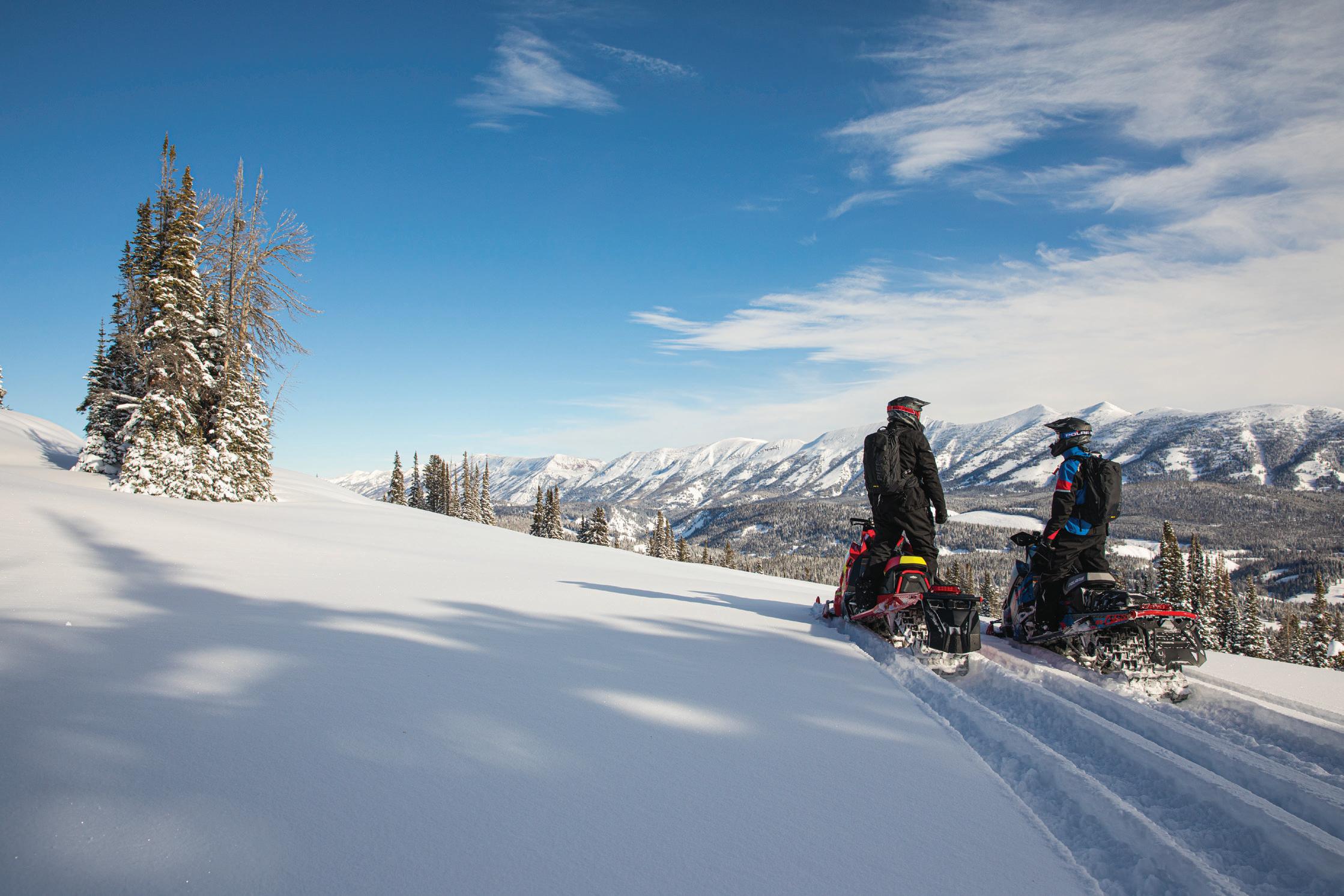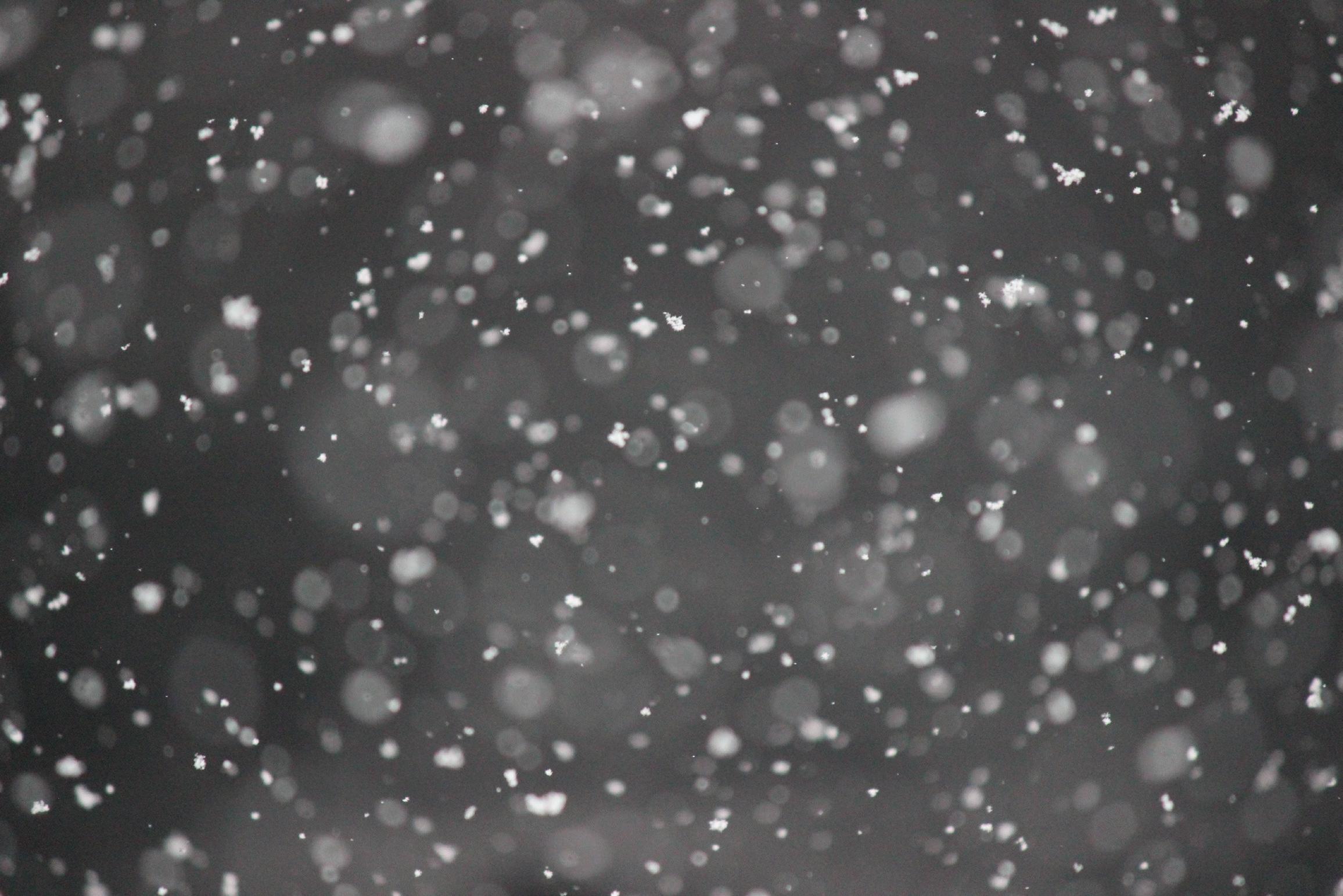
5 minute read
A Story of Stockings and Sledding
How Traditions are Born: A Story of Stockings and Sledding Written by Hannah Combs and Maggie Mjelde
Brought to you by the Bonner County Historical Society Many of us celebrate the holidays with specific traditions: cutting down and decorating a fir tree with garlands of popcorn or twinkling lights, baking marshmallows on top of sweet potatoes, kissing underneath a sprig of mistletoe. While all of these sound festive in the context of a winter holiday, they would just be bizarre, say, in June. Two ubiquitous Christmas traditions for many families in North Idaho are hanging stockings for Santa to fill and going sledding. But how did these traditions originate? According to Pamela Patton, Director of The Index of Medieval Art at Princeton University, one of our traditional stocking stuffers is rooted in the story of Saint Nicholas of Myra, a 3rd century Catholic saint from southern Turkey. According to legend, a man in St. Nick’s village was unable to provide dowries for his three daughters. They were going to be turned out on the street, but Nicholas, hearing of it, threw his inheritance of gold coins through the window while they were sleeping, and the three young women were able to marry. The story spread and morphed over the centuries. By the 18th century, the legend said that he threw three gold balls down the chimney, and one happened to land in a stocking hung by the fire to dry. On St. Nicholas’ feast day (December 6th), people inspired by the story began to hang socks and stockings in the hopes that they would wake up to similar fortunes. However, golden orbs were hard to come by, so oranges became a similar-looking, and no less exotic, alternative. As the St. Nicholas tradition of gift-giving merged with the Christmas holiday, oranges became a staple in Christmas stockings hung over the fireplace. A longtime resident of Sandpoint remembered that her grandmother growing up in Minnesota always got an orange in her stocking. It was particularly special because it was in the 1890’s, and the smalltown store only ordered one crate of oranges at Christmas time. She thought it was the most amazing fruit. Over the years, little toys joined oranges and socks in Christmas stockings. Another resident remembered that she and her two sisters received baby dolls in their stockings in 1927. The dolls had china heads, hands, and feet. The girls were the daughter of a minister, so they attended church Christmas day. They brought the dolls along with them. Sitting in the front row, they stood up to sing a song. Her three-year-old sister’s doll went crashing to the floor. The church had to take a break because the minister and his wife (the pianist) needed to help her sister recover the tragedy. Sleds, as practical tools, go back thousands of years. Ancient Egyptians may have used a type of sled to haul huge slabs of stone when building pyramids. The BCHS collection contains a sled from 1905 used by T.P. Craig, the Sagle Postmaster, to haul bags of mail thrown off of passing trains to the residents of Sagle. And of course we can’t forget the dog sleds that have carried people and cargo all around the world, including the North and South Poles. But sledding as a recreational sport didn’t take off until 1885 in St. Moritz, Switzerland. The sleepy town at the time was known as a summer destination for British tourists, who enjoyed its rejuvenating mineral springs. During the fall of 1885, a local dared five British visitors to stay on through the winter, bragging that the clear, snowy weather was much more pleasant than dismal, rainy London. The independent bachelors spent the winter playing in the snow, developing what would become the Cresta Run, a ¾-mile-long skeleton sledding course, on which riders have reached speeds of up to 80mph.
Advertisement
Pat McDonnell grew up sledding down Pine Street Hill, just west of Sandpoint. Her uncle would pull the kids on their sleds up the road to the top of the hill with his Jeep. At the time, Pine Street was a dirt road with few houses on it. Pat said, “If you were brave (I wasn’t) and didn’t drag your feet (I did), you could slide to the top of the next hill, almost to Syringa. It was great fun.” Whether risking broken bones flying off a competition course, or sailing into a bramble bush on a trash can lid, the danger is part of the fun of sledding. The everyday bruises and cuts can usually be healed with a hot cup of cocoa waiting at home, and maybe a juicy orange to go with it.

Photo caption: Three youths, one wearing a sleigh bell harness, enjoy a snack of icicles while sledding.

Never drink and ride. Polaris recommends that all riders take a safety training course. Do not attempt maneuvers beyond your capability. Always wear a helmet and other safety apparel.
at participating Polaris Snowmobile dealers only. Model & year exclusions apply. See your local dealer for details. or 36 months of warranty coverage. See dealer for details. Any additional warranty coverage after the initial 12 month factory warranty is subject to a $50.00 deductible per visit. Valid Promotional Limited Warranty consists of the standard 12-month y warranty plus an additional 12 or 24 months of additional promotional limited warranty coverage for a total of 24 with certain other offers, is subject to change and may be extended or terminated without further notice. Model specifications subject to change. All rebates are paid to the dealer. The Offers valid on select new 2018-2021 Polaris snowmobiles purchased between November 1st, 2020 – December 31st, 2020. Minimum payments required. Offer may not be combined
POLARIS.COM/SNOWMOBILES


Act now with 0% financing for 48 Months



195 Triangle Dr., Ponderay, ID 83864 208-263-1535 SandpointPolaris.com






